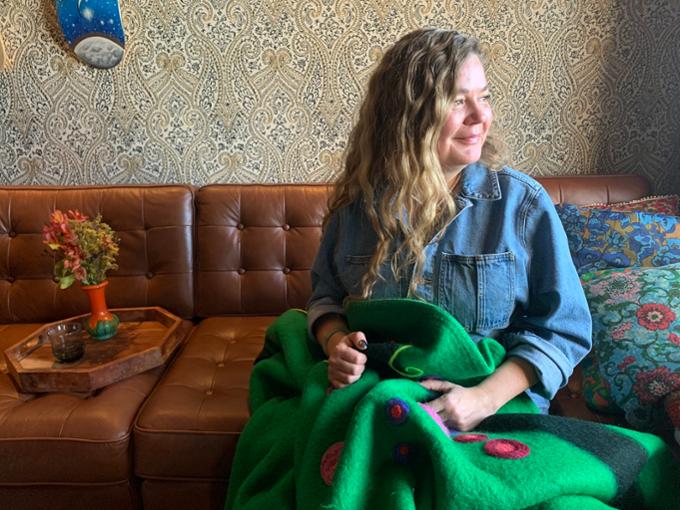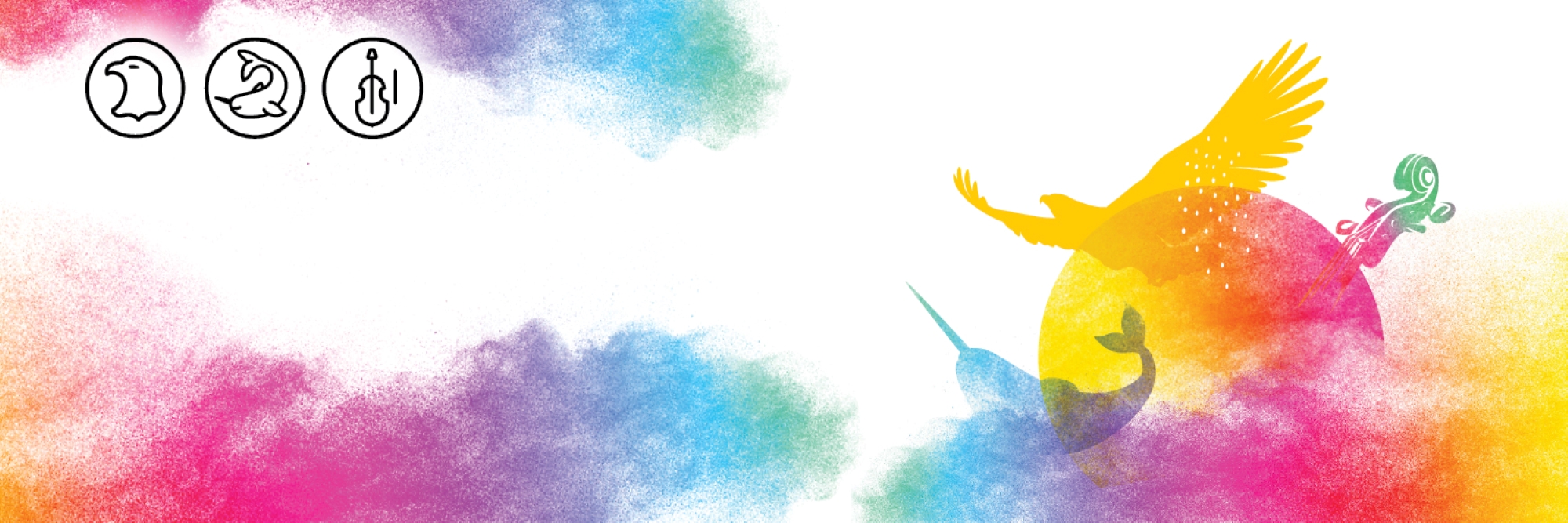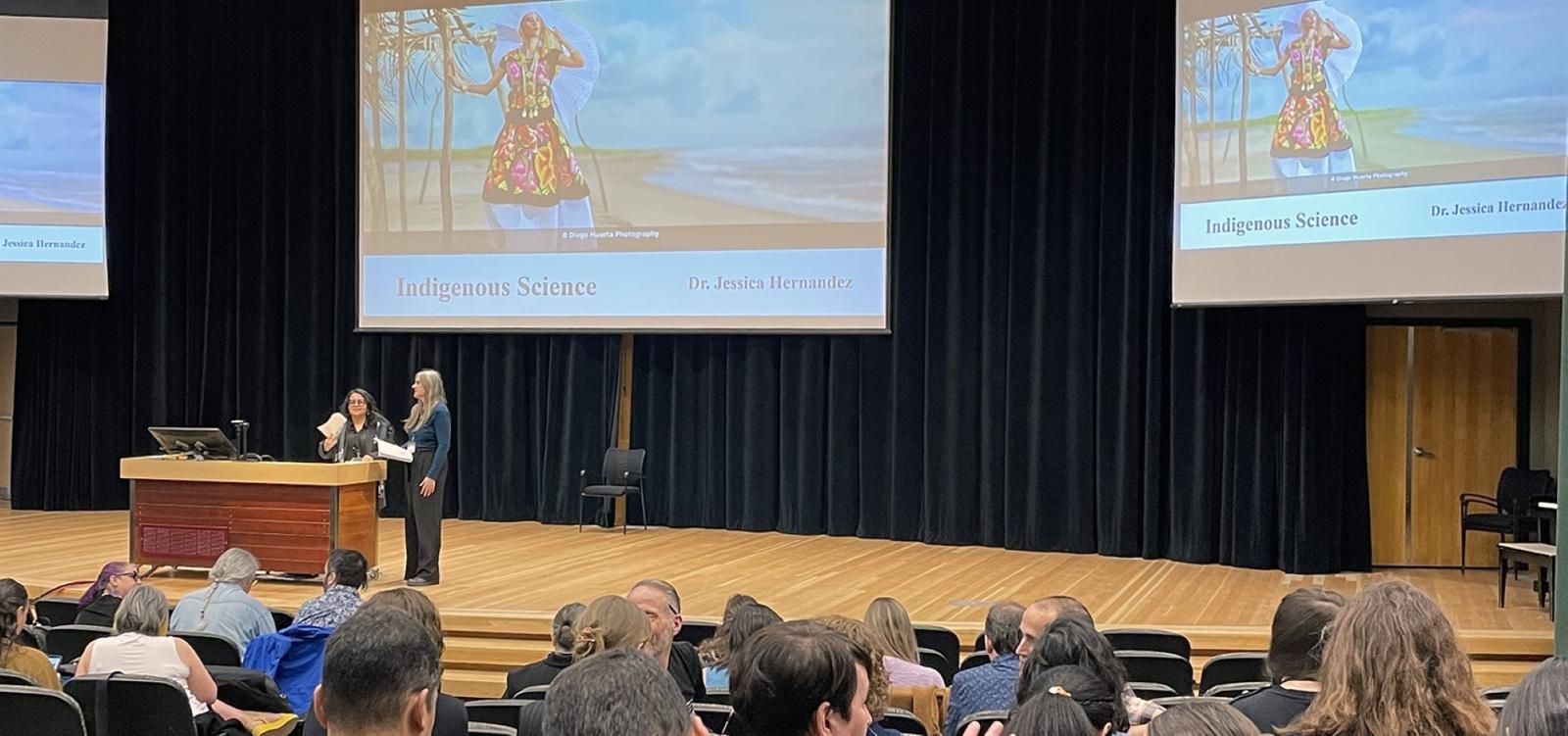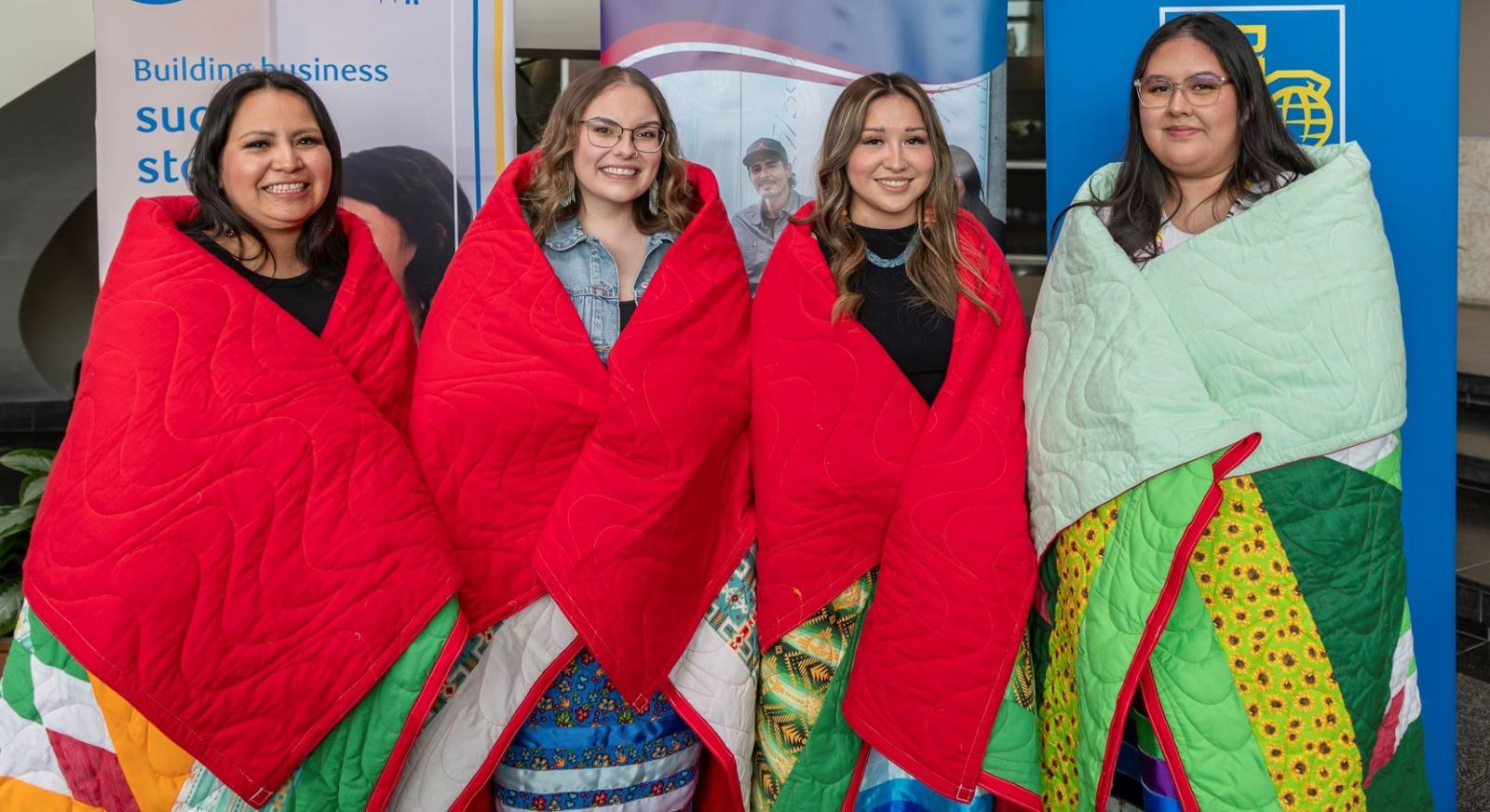In 2019, Ali King, then curator of the President’s Art Collection, approached the President’s Office and proposed annual funding to acquire new pieces of Indigenous art. Even though the President’s Art Collection includes an impressive number of works, only 20 per cent of the pieces have been created by Indigenous artists. In recent years, King and others have been working at acquiring more contemporary Indigenous works of art.
To those ends, the renovation of the College Avenue Campus provided a huge boost to the number of Indigenous art works displayed on a U of R campus.
“When they were renovating the site, the architects worked very closely with me to curate art specifically for that space,” King said. “Every piece of art in College Avenue has a connection to that particular site and we were able to include a lot of Indigenous art, as well. What's nice about College Avenue is there is a lot of really good lighting, nice walls, and space that's big enough to house a more curated selection.”
I love blankets as a medium. The viewer already feels warm in their presence. Blankets represent a hug or being held. Blankets are a metaphor for the earth as well, how the earth holds us. — Melanie Monique Rose, fibre and visual artist.
With a University commitment to be active partners in reconciliation, King saw an opportunity at the College Avenue Campus to contribute to those goals through the display of Indigenous art.
“During the process of developing the Office of Indigenous Engagement’s Strategic Plan there were references to how Indigenous students really feel the need to be seen and represented at the U of R,” stated King. “Having that artistic representation is really, really important.”
Now, for the first time, a local Indigenous artist has received a commission for a unique piece of art for the President’s Art Collection.
Melanie Monique Rose is a fibre and visual artist of Métis and Ukrainian heritage. In 2023, Rose was commissioned to create a work of art that, when completed, will be installed in the College Building.
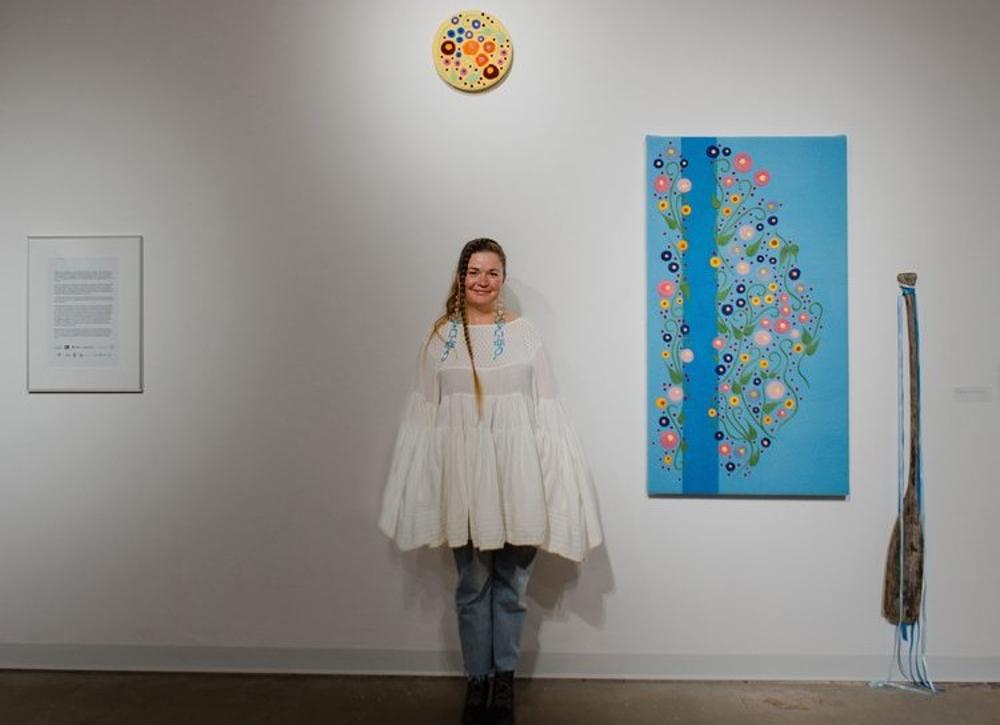
“Her work is very much about the natural world,” King said. “She's extremely knowledgeable about plants as dyes and she makes mostly textiles. She does lots of felting on blankets. Hudson’s Bay blankets are very powerful objects in the history of Canadian colonialization.”
Rose’s artistic journey began early in her life.
“I've always been a maker,” she says. “In high school, my sister and I made jewelry, and we would sell it out of our locker and at Vintage Vinyl. At one point, I really got into knitting and we formed a group called The KnitWits. It was a group of us that would get together either at someone's place or maybe at a coffee shop, and we knitted or crocheted. That really got me into it. I really liked the tactile nature of it.”
Although she dabbles in other mediums, Rose is most well known for her fibre work. Part of her practice is inspired by the fur trade era when Indigenous hunters exchanged furs with Hudson’s Bay pelt buyers. Blankets were part of the company’s trade and, once in the hands of Indigenous peoples, were repurposed into clothing items such as mitts, socks, and long underwear, as well as dog bedding and burial shrouds, among other uses. Many were turned into handmade wrap coats called capotes.
“Folks are still making them today as a symbol of their Métis identity and as a way to continue traditions,” says Rose. “Often, they'd be really personalized for the wearer and their home community. I'm working with blankets using a process called needle felting,” she explains.
The Flower Beadwork People
Rose has been here before. She says the piece she is working on for the University collection is a continuum of her 2021 exhibit, The Flower People. That exhibit was an exploration of her family and its connection to and relationship with the land, themselves, and each other. Felted pieces combined with collected blankets and floral imagery were combined to invoke stories of people, place, and the land. The title of the exhibit comes from ‘The Flower Beadwork’ People, a name given to the Métis who are well known for their floral beadwork.
“I love blankets as a medium,” says Rose. “The viewer already feels warm in their presence. Blankets represent a hug or being held. Blankets are a metaphor for the earth as well, how the earth holds us. I also call them ‘blanket stories’ because I am using collected blankets. This particular blanket is green with a black stripe. I feel like I'm still developing the story a little bit, but I have a good sense of what I want to do with it.”
Not lost, of course, on Rose, is the colonial narrative and environmental destruction that the blankets symbolize. “Part of this work,” says Rose, “is wanting to kind of reclaim the negative connotation with smallpox blankets. Needle felting these flowers is quite a repetitive and meditative thing. I definitely often think that what I’m doing is almost like, in a sense, healing the blankets.”
Rose expects to finish the blanket in the next month or so. Once completed, the commissioned work will be on display in the College Building.
“It’s really important for me to be recognized by my community. I've been working really, really hard over the past 20 years to be able to come to this place,” Rose says. “It feels really great to be able to be approached to do a commission for the University and having my work recognized in that way. It means a lot to me.”
Banner Photo: Fibre and visual artist Melanie Monique Rose has been commissioned to create a work of art for the President’s Art Collection. Photo: University Communications and Marketing
About the University of Regina
2024 marks our 50th anniversary as an independent University (although our roots as Regina College date back more than a century!). As we celebrate our past, we work towards a future that is as limitless as the prairie horizon. We support the health and well-being of our 16,700 students and provide them with hands-on learning opportunities to develop career-ready graduates. Our research enterprise has grown to include 21 research centres and 12 Canada Research Chairs and brings in more than $51.2 million in funding annually. Our campuses are on Treaties 4 and 6 - the territories of the nêhiyawak, Anihšināpēk, Dakota, Lakota, and Nakoda peoples, and the homeland of the Michif/Métis nation. We seek to grow our relationships with Indigenous communities to build a more inclusive future.
Let’s go far, together.
